NASA is going going to Saturn's moon Titan, and the space organization is using augmented reality help them do it.
The team at the Johns Hopkins University Applied Physics Laboratory (APL) has been working for years to get its robotic probe mission to Titan approved, and just days ago, the mission was finally given the green light.
• Don't Miss: Microsoft's Live HoloLens 2 Apollo 11 Demo Didn't Take Flight, but You Can See It Thanks to Unreal Engine's Video
You've never heard of Titan? You don't know why this is important? Well, here are a few things you should know. First, Titan, which is 50% wider than our moon, is one of the primary candidates for possible life in our solar system, so it's a pretty big deal back here on Earth.
It's also the only moon in our solar system with a substantial atmosphere, and it features rivers, lakes, and seas across its surface. The atmosphere is cold (because of its vast distance from the sun) and doesn't contain carbon dioxide, but there's hope that, among Titan's lakes of liquid methane, life might exist in some form.
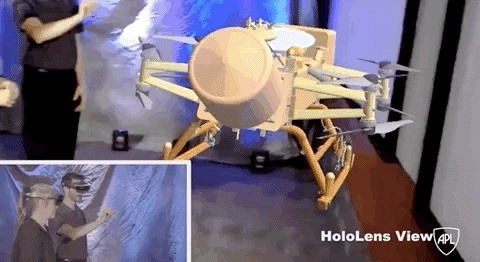
The rotorcraft-lander that will travel to Titan is called Dragonfly. To design and prepare for the mission, the APL team created AR and VR simulations to allow them to manipulate the robotic drone in situations similar to what it will encounter on the surface of Titan.
Part of the reason we know what the surface of Titan is like is due to the previous work of the Huygens probe. The European Space Agency developed the probe, and NASA's Cassini Orbiter delivered it to Titan in 2005 as a means to collect scientific and photographic data.

As for the Dragonfly mission, a new video posted by the APL team reveals that a lot of the AR simulation work is being done via the Microsoft HoloLens 1.
The team is not only using the HoloLens to engage in pre-mission simulations, but they're also planning on using it once to Dragonfly reaches Titan as a means to plot out various initiatives on the moon's surface.

Like Saturn, Titan takes about 29 Earth years to orbit the sun and its seasons last about seven Earth years. So, along with the overall scientific goals of the mission, Dragonfly's presence on the moon (aided by dual-quadcopter rotors that let it fly across the surface) will offer an unprecedented look into a unique environment in our solar system.
The only downside of the mission is that, for now, the closest any of the team will get to Titan is via the virtual missions made possible by the HoloLens.
NASA's actual launch of the Dragonfly mission won't happen until 2025, and the Dragonfly dual-quadcopter won't reach the surface of Titan until 2034.
Just updated your iPhone? You'll find new features for Podcasts, News, Books, and TV, as well as important security improvements and fresh wallpapers. Find out what's new and changed on your iPhone with the iOS 17.5 update.
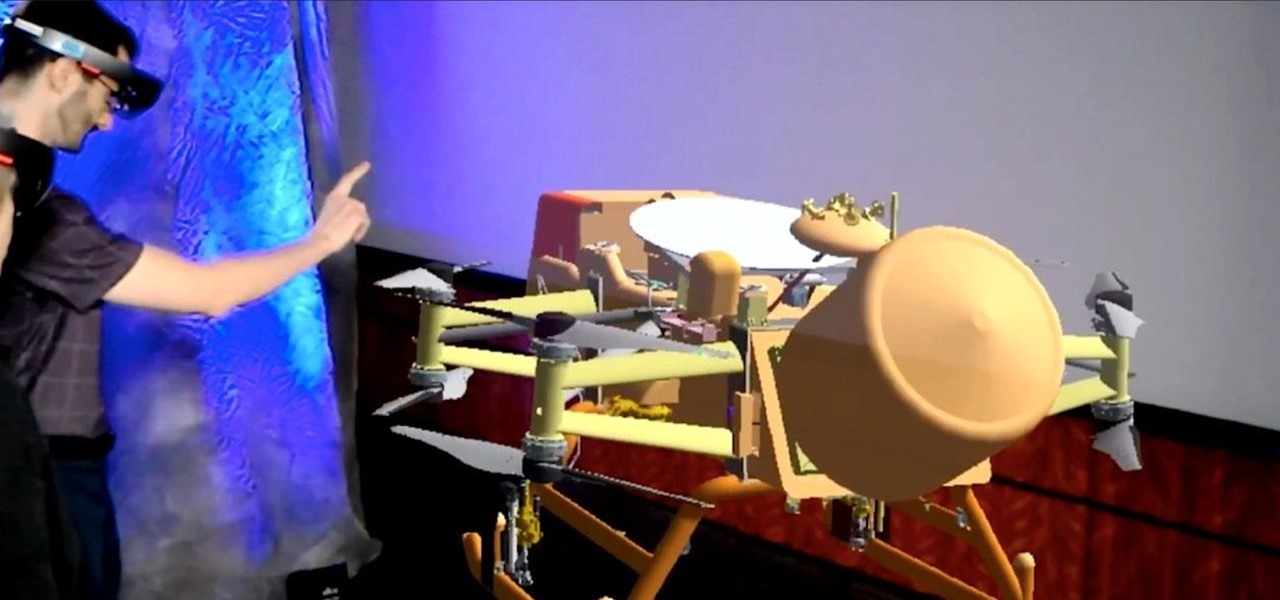


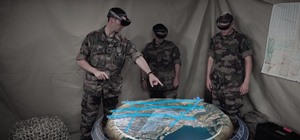
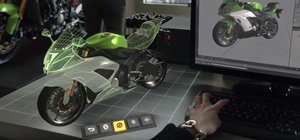
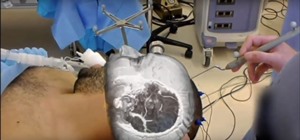



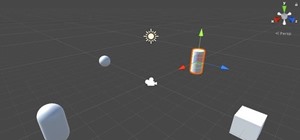

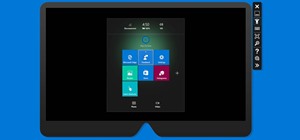

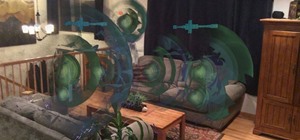

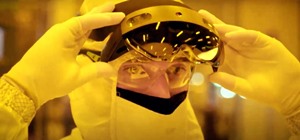
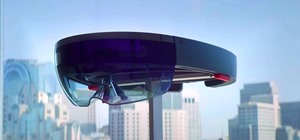


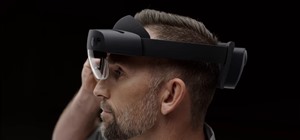
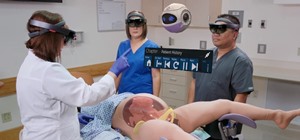
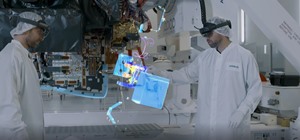
Be the First to Comment
Share Your Thoughts